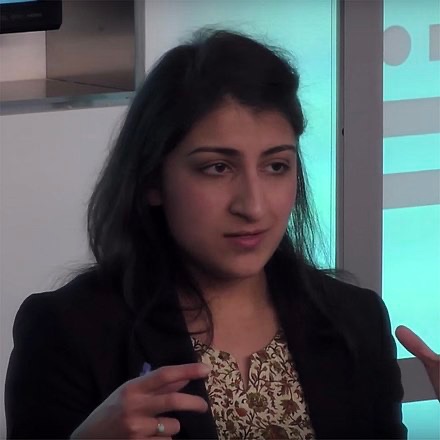226 reads
From Parity Clauses to Algorithmic Control: Amazon's Price Suppression Tactics
by
October 23rd, 2023
Audio Presented by

The youngest person to ever chair the FTC, Lina Khan rose to prominence from her 2017 book, "Amazon's Antitrust Paradox"
About Author
The youngest person to ever chair the FTC, Lina Khan rose to prominence from her 2017 book, "Amazon's Antitrust Paradox"
